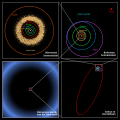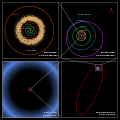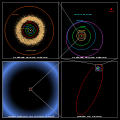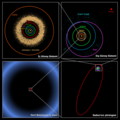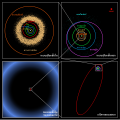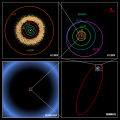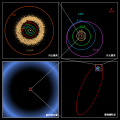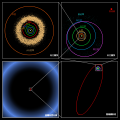Fichier:Oort cloud Sedna orbit.jpg
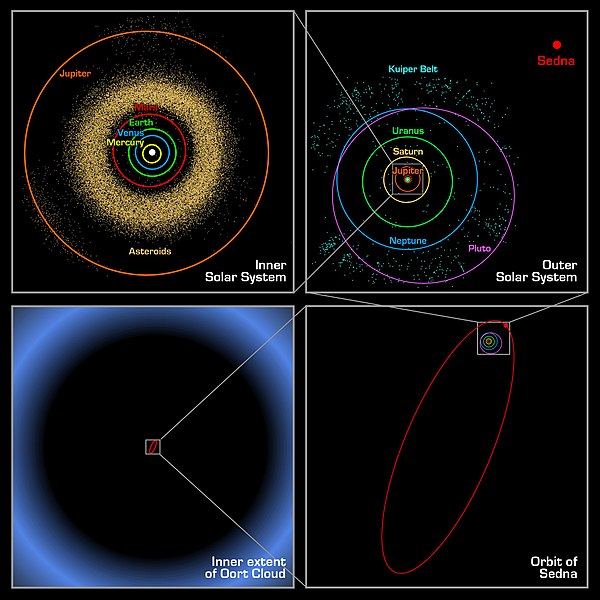
Taille de cet aperçu : 600 × 600 pixels. Autres résolutions : 240 × 240 pixels | 480 × 480 pixels | 768 × 768 pixels | 1 024 × 1 024 pixels | 2 499 × 2 499 pixels.
Fichier d’origine (2 499 × 2 499 pixels, taille du fichier : 542 kio, type MIME : image/jpeg)
Historique du fichier
Cliquer sur une date et heure pour voir le fichier tel qu'il était à ce moment-là.
| Date et heure | Vignette | Dimensions | Utilisateur | Commentaire | |
|---|---|---|---|---|---|
| actuel | 19 septembre 2005 à 10:48 |  | 2 499 × 2 499 (542 kio) | Bricktop | larger |
| 24 mars 2005 à 02:05 | 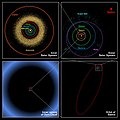 | 577 × 577 (47 kio) | Smartech~commonswiki | {{PD-USGov-NASA}} |
Utilisation du fichier
La page suivante utilise ce fichier :
Usage global du fichier
Les autres wikis suivants utilisent ce fichier :
- Utilisation sur ba.wikibooks.org
- Utilisation sur bg.wikipedia.org
- Utilisation sur bn.wikipedia.org
- Utilisation sur bn.wikibooks.org
- Utilisation sur cs.wikipedia.org
- Utilisation sur da.wikipedia.org
- Utilisation sur de.wikibooks.org
- Utilisation sur el.wikipedia.org
- Utilisation sur en.wikipedia.org
- Utilisation sur en.wikibooks.org
- Utilisation sur es.wikipedia.org
- Utilisation sur fi.wikipedia.org
- Utilisation sur hu.wikipedia.org
- Utilisation sur id.wikipedia.org
- Utilisation sur is.wikipedia.org
- Utilisation sur it.wikipedia.org
- Utilisation sur kn.wikipedia.org
- Utilisation sur lt.wikipedia.org
- Utilisation sur mr.wikipedia.org
- Utilisation sur ms.wikipedia.org
- Utilisation sur mt.wikipedia.org
- Utilisation sur nds.wikipedia.org
- Utilisation sur nl.wikipedia.org
- Utilisation sur oc.wikipedia.org
- Utilisation sur pl.wikipedia.org
- Utilisation sur pms.wikipedia.org
- Utilisation sur pnb.wikipedia.org
- Utilisation sur sh.wikipedia.org
- Utilisation sur simple.wikipedia.org
- Utilisation sur sk.wikipedia.org
- Utilisation sur ur.wikipedia.org
Voir davantage sur l’utilisation globale de ce fichier.





